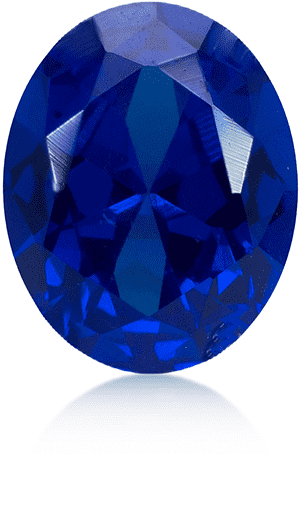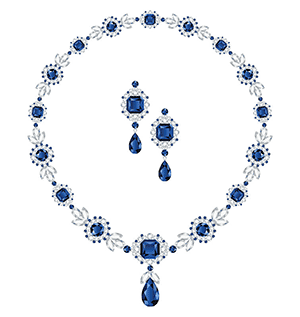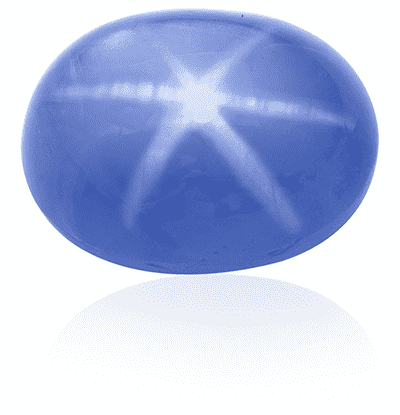Natives’ stone of September, sapphire remains the most affordable gems. From Antiquity to the Middle Ages, the term sapphire (from Hebrew sappîr) meant various blue stones, but especially lapis lazuli.


The sapphire gets its blue color by the presence of iron and titanium during its crystallization. The most sought-after hue is a true blue cornflower. Darker sapphires mean little value. This gem can have multiple colors: pink, yellow, orange, purple, green, black and colorless. When colored by chrome, the red sapphire then takes the name of rubies. The pink-orange hue, more sought-after, is called padparadscha sapphire, name of origin Sinhalese (Sri Lanka) whose litreal meaning would be ‘color of the lotus flower at sunset’.
Sapphire can be heat treated to enhance color and clarity by dissolving trace
elements in stone. Since the end of the 19th century, sapphires have been made in laboratory. Due to its scratch resistance (9/10 hardness), synthetic sapphire is used as a watch glass or mobile phone screen.


We can find star sapphires with 6 branches, and more rarely 12. This phenomenon of
asterism is due to the presence of rutile needles in the stone. The star sapphire is cut
in cabochon. Main producing countries are Thailand, Cambodia, Kashmir, Myanmar and Sri Lanka.

